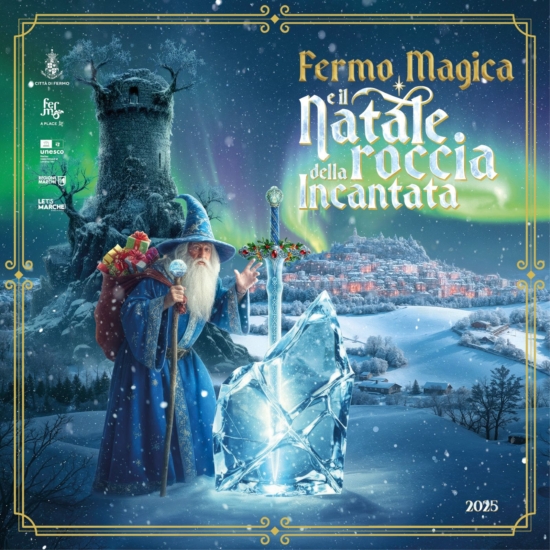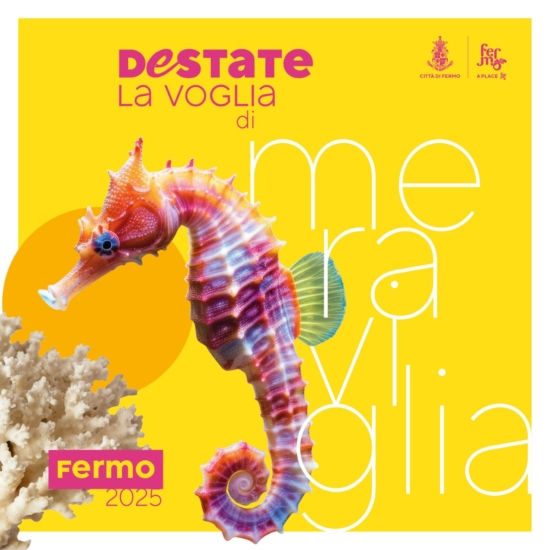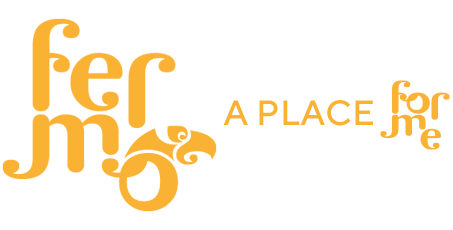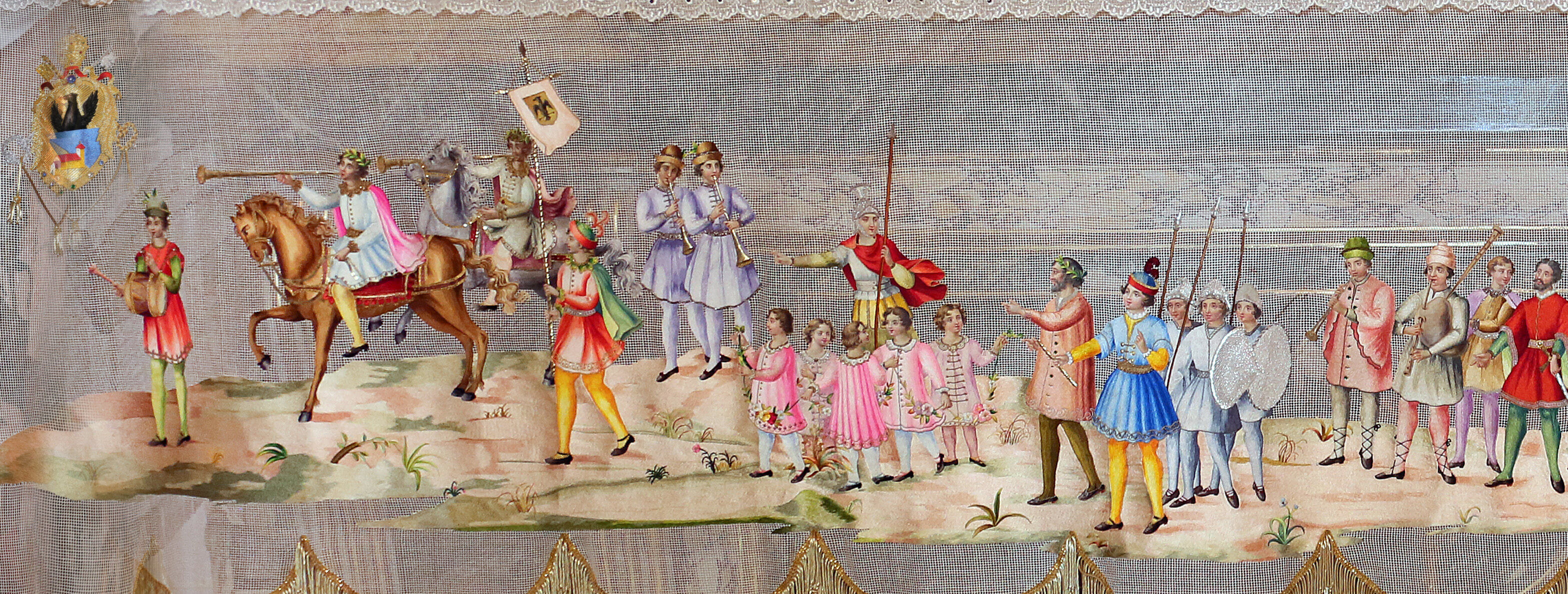The Cavalcata dell’Assunta, pride of the long and rich history of Fermo, was born to celebrate the Assumption of the Virgin Mary, the Saint Patron of the city.
The roots of this worship plunge in the heart of time: the Virgin was celebrated inside Fermo’s walls already from the V century, when it rose on Girfalco Hill the Cathedral of Santa Maria in Castello, built in her honour. The Diocesan Museum of Fermo also preserves a monstrance reliquary from the XVIII century, which contains a fragment from the veil of Mary.
The documents where for the first time written demonstrations of celebrations dedicated to the Virgin can be found, are datable to the year 1000, even if more detailed descriptions explaining how usual possible celebrations and traditions took place are absent. However, we can say for sure, thanks to verified historical sources, that already at that time some municipalities and castles of the surroundings had decided to celebrate a horse race (palio) in the city of Fermo on an annual basis.
However, the “Statuti Fermanorum”, dating back to the late XIV century are the ones who give for the first time a description of the Cavalcata. The Statuti were sure enough a whole of rules and laws suitable for supporting the government of the city, rules and laws that left enough space in any case even to religious celebrations that brought citizens together once a year.
A precious subsequent document is the illuminated Page by Giovanni di Ugolino da Milano in “Messale de Firmonibus”, a magnificent illuminated codex today kept in the city Diocesan Museum. This historical find is precious and important because it allows us to admire still today a fine illustration of what used to happen centuries ago during the days of Cavalcata, that never ceases to be a waited appointment of summer in Marche.
The development of the parade in ancient times is testified by many Parade Orders dating back to previous centuries: the first among these dates back to 1638.
The Cavalcata was made up of a Parade on horses which, starting from the Church of Santa Lucia, crossed the main road to reach the Main Square and then it ended on the city’s highest point, from which the surrounding areas could be dominated already with a glance: the Girfalco hill.
The most important characters of the town used to parade in the night of 14 August each year, showing to all fellow citizens their splendour, power and importance in Fermo’s society: the Podestà (chief magistrate), the Captain of the Population, the Signifer of Justice and the Priors of Contrade. Besides them, in the parade followed the Delegates of the County’s Castles and the Guilds’ Representatives.
The Contrade (City quarters) had been already instituted from the mid-thirteenth century, even if they were just six: Pila, San Bartolomeo, Campolege, Fiorenza, San Martino e Castello; today there are ten of them, since the ones called “foranee”, i.e. outside the walls of the historic centre were added. These latter are: Torre di Palme, Molini Girola, Campiglione e Capodarco.
The true and proper “Race of Palio” took place eventually on 15 August in the morning: jockeys had to cover as fast as they could the road from “via maris”, near Porta di San Francesco, to the Cathedral. In the afternoon citizens met again to watch ancient games like the Ring Jousting and the game of bulls.

